Lake Erie is one of the most iconic Great Lakes in North America, known for its stunning beauty and diverse wildlife. However, there is a common misconception that Lake Erie is a saltwater lake, which has led to confusion and misinformation over the years. So, is Lake Erie a salt water lake? The answer is no. In this blog post, we’ll explore the truth about Lake Erie’s water composition and debunk the myth once and for all. Join us as we dive into the science behind Lake Erie’s unique ecosystem and learn more about this beloved body of water.
Understanding Lake Erie’s Water Composition
Lake Erie is the fourth largest of the five Great Lakes in North America and is located on the border of the United States and Canada. It is known for its beautiful scenery, diverse wildlife, and importance to the region’s economy and ecosystem. Understanding Lake Erie’s water composition is crucial to maintaining its health and sustainability.
Lake Erie is a freshwater lake, meaning its water contains minimal salt. Freshwater lakes have a salt concentration of less than 0.5% or five parts per thousand (ppt). In comparison, seawater has a salt concentration of approximately 35 ppt.
Various factors, including the amount of rainfall and snowmelt, temperature, and the presence of nutrients, influence Lake Erie’s water composition. Tributaries, including the Detroit, Maumee, and Cuyahoga Rivers, feed the lake. These rivers bring in nutrients and sediment, which can affect the lake’s water chemistry.
One of the significant factors affecting Lake Erie’s water composition is nutrient loading. Nutrient loading occurs when excess nutrients, such as nitrogen and phosphorus, enter the lake from various sources, such as agricultural runoff, stormwater, and wastewater treatment plants. These nutrients can cause algal blooms, harming the lake’s ecosystem and threatening human health. In recent years, nutrient loading has become a significant issue in Lake Erie, leading to increased efforts to reduce nutrient inputs and improve water quality.
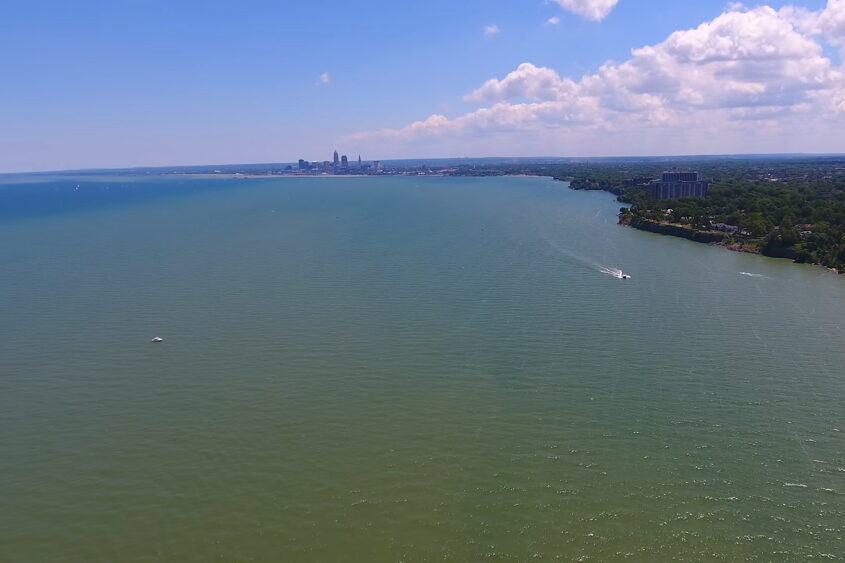
Lake Erie Depth
Lake Erie is a shallow lake with an average depth of only 62 feet (19 meters). Its maximum depth is 210 feet (64 meters) near Long Point in Ontario, Canada. The lake’s shallow depth is due to its geologic history and its position in the Great Lakes basin. During the last ice age, glaciers scoured the land and created a large basin, which eventually filled with water from the melting glaciers. As a result, Lake Erie is the shallowest of the Great Lakes and has the shortest retention time, meaning that water stays in the lake for a shorter period before flowing into the Niagara River and eventually into Lake Ontario.
Despite its shallow depth, Lake Erie is an important body of water for the region’s economy and ecosystem. Its shallow waters provide a rich habitat for a variety of fish and wildlife species, including walleye, yellow perch, and smallmouth bass. The lake is also a popular destination for recreational activities such as boating, fishing, and swimming.
Below is a table of Lake Erie’s depth at various locations:
| Location | Depth (feet) |
| Eastern Basin | 30-60 |
| Central Basin | 60-120 |
| Western Basin | 20-30 |
| Near Buffalo, NY | 77 |
| Near Toledo, OH | 24 |
| Near Erie, PA | 65 |
| Near Cleveland, OH | 60 |
Activities at Lake Erie
There are several activities that lake Erie offers, some of which are listed below:
Kayaking
Kayaking at Lake Erie can be an exhilarating experience for those who love water sports and outdoor activities. With its miles of coastline, diverse wildlife, and stunning scenery, Lake Erie offers a unique kayaking experience for paddlers of all skill levels.
One of the advantages of kayaking at Lake Erie is the opportunity to explore the lake’s many bays, coves, and islands. For example, Kelley’s Island, located in the lake’s western basin, is a popular destination for kayakers due to its secluded beaches, unique rock formations, and abundant birdlife. Paddling around the island provides an up-close view of the lake’s natural beauty and wildlife.
Another popular kayaking destination on Lake Erie is Presque Isle State Park, located in Erie, Pennsylvania. The park features a seven-mile (11-kilometer) stretch of sandy beaches and crystal-clear water, making it ideal for kayaking and other water activities. The park also has a variety of rental options for those who don’t have their own kayaks.
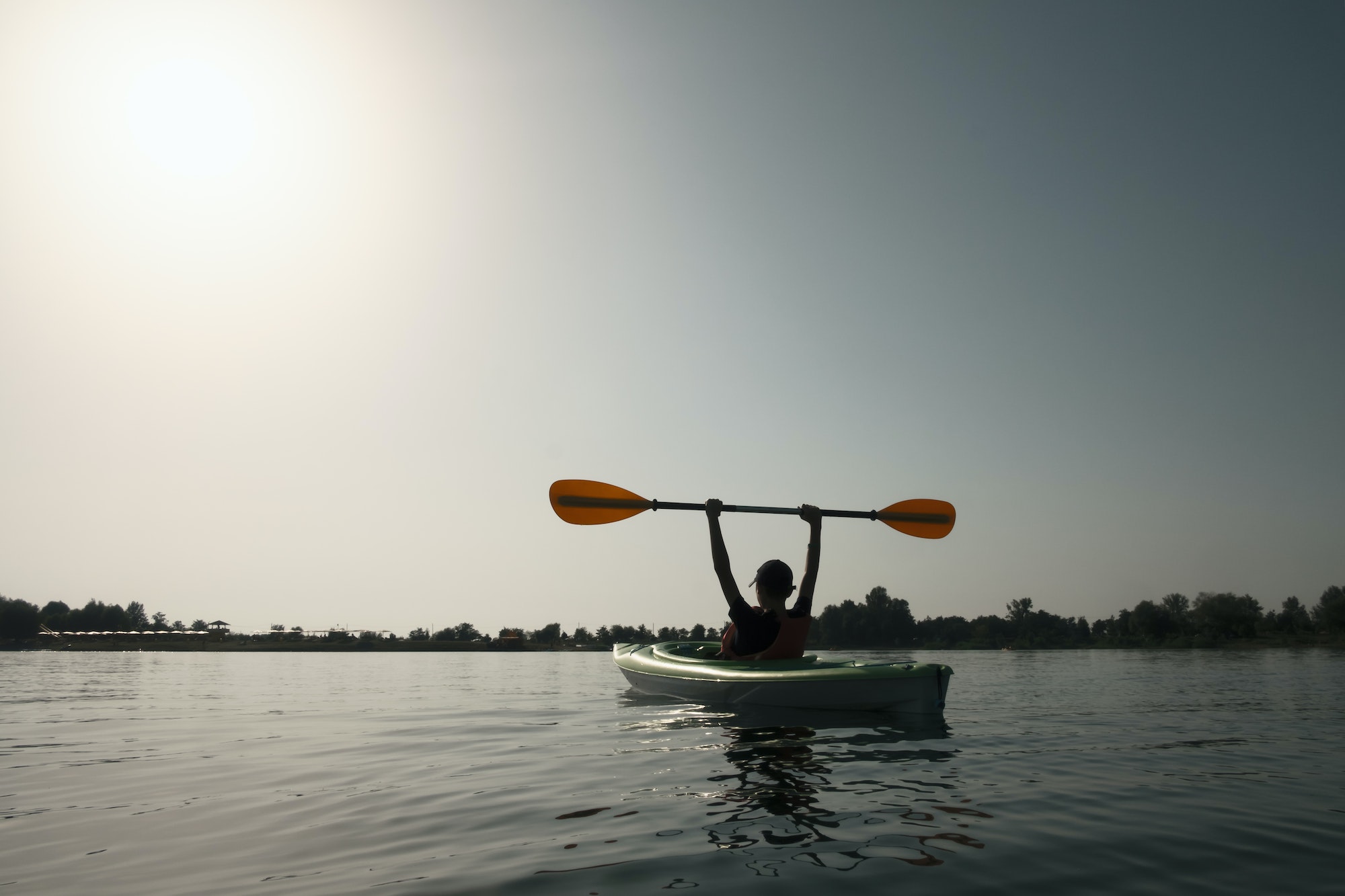
Boating
Boating on Lake Erie is a popular pastime for many in the Great Lakes region. With its vast size and beautiful scenery, the lake provides an ideal environment for boaters to explore, fish, and relax. However, as with any water activity, taking precautions and being aware of the lake’s conditions are important to ensure a safe and enjoyable experience.
One of the advantages of boating on Lake Erie is the diversity of its waters. The lake has three distinct basins, each with its own unique characteristics. The western basin is the shallowest and has the warmest water, making it a popular destination for swimming and water sports. The central basin is the deepest and has the most consistent water temperature, making it ideal for fishing. The eastern basin has a rocky bottom, providing a rugged and scenic boating experience. With these different options, boaters can choose the area of the lake that best suits their interests.

Fishing
Fishing on Lake Erie is a popular pastime for anglers of all skill levels. The lake is known for its diverse fish population, including walleye, perch, smallmouth bass, and steelhead trout. With its vast size and numerous fishing spots, Lake Erie provides an ideal environment for anglers to pursue their passion.
One of the advantages of fishing on Lake Erie is the accessibility of its waters. Anglers can fish from shore, piers, or boats, depending on their preferences and equipment. Some of the lake’s most popular fishing spots include the reefs and shoals of the western basin, the deep waters of the central basin, and the rocky outcroppings of the eastern basin. With such diverse options, anglers can choose the area of the lake that best suits their fishing style.
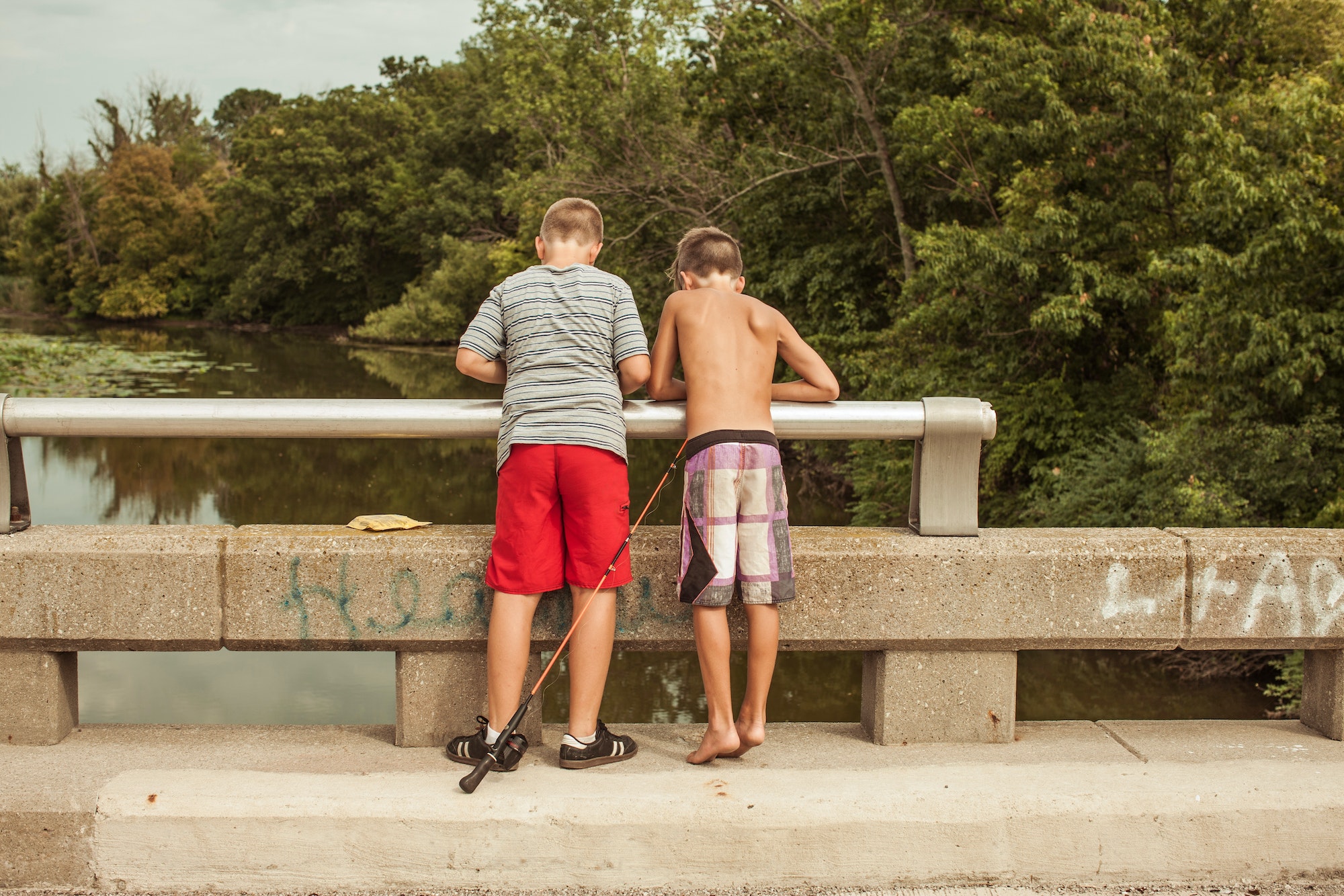
Swimming
Swimming in Lake Erie is a popular summer activity for residents and tourists alike. The lake’s shallow and sandy western basin provides an ideal environment for swimming and water sports. However, it is important to be aware of the lake’s water quality and any potential hazards to ensure a safe and enjoyable swimming experience.
One of the biggest concerns for swimmers in Lake Erie is the presence of harmful algal blooms (HABs). These blooms are caused by excess nutrients in the water and can produce toxins that can be harmful to human health. The Ohio Department of Health regularly monitors the lake’s water quality and issues advisories when HABs are present. It is important to check these advisories before swimming and to avoid any areas where HABs have been reported. Additionally, swimmers should avoid ingesting the lake water and should shower or rinse off after swimming to minimize the risk of exposure to any toxins that may be present.
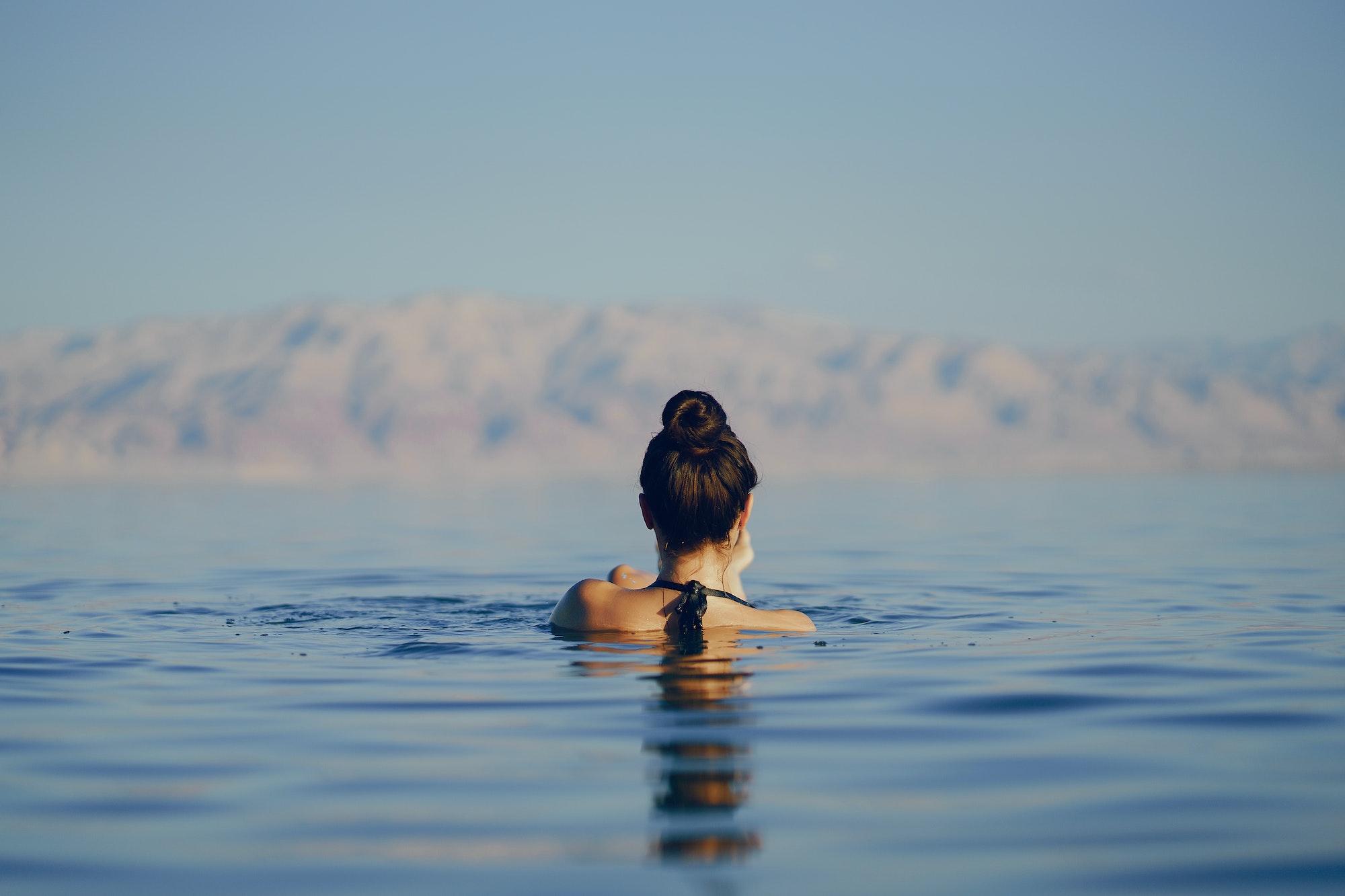
Windsurfing
Windsurfing is a popular water sport on Lake Erie. The lake’s strong and consistent winds provide an ideal environment for windsurfers of all skill levels to enjoy the sport. However, it is important to be aware of the lake’s weather and water conditions and to follow safety guidelines to ensure a safe and enjoyable windsurfing experience.
Windsurfing on Lake Erie can be done from various locations, such as beaches and marinas. The western basin of the lake, in particular, is known for its ideal windsurfing conditions. During the summer months, the prevailing westerly winds provide steady and reliable conditions for windsurfers. The sport is popular among locals and tourists alike, and the lake hosts various windsurfing events and competitions throughout the season.
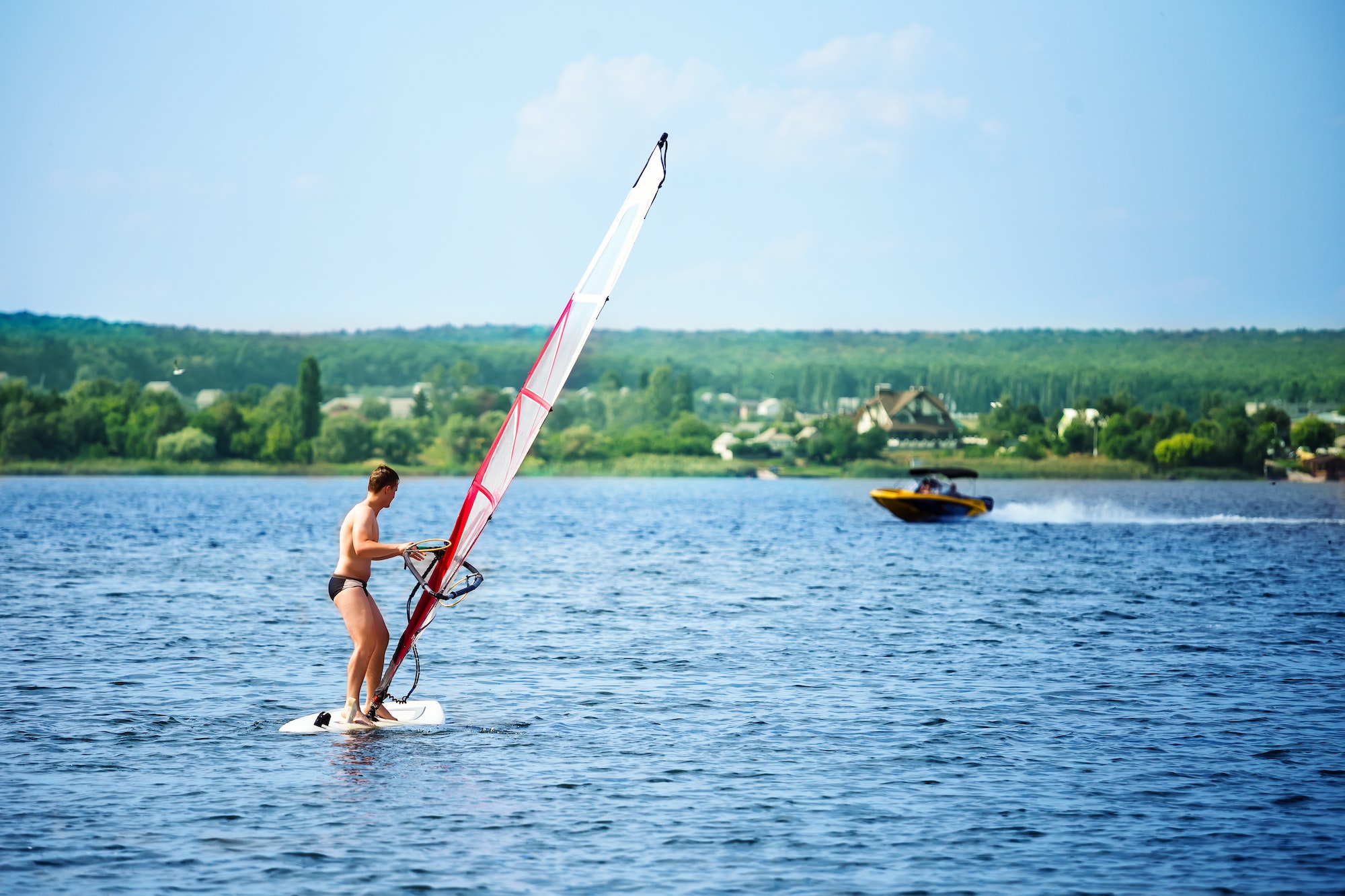
Tubing
Tubing is a popular water activity on Lake Erie, especially during the summer months. It involves riding an inflatable tube that is pulled behind a motorboat, providing an exciting and exhilarating ride for all ages. The lake’s wide and open waters, combined with its scenic views, make it an ideal location for tubing.
Tubing can be done from various locations on the lake, such as public beaches and marinas. It is important to wear a properly fitting life jacket and to be aware of any potential hazards such as submerged objects or strong currents. Additionally, the person driving the boat should be experienced and aware of the safety guidelines and regulations for towing a tube.
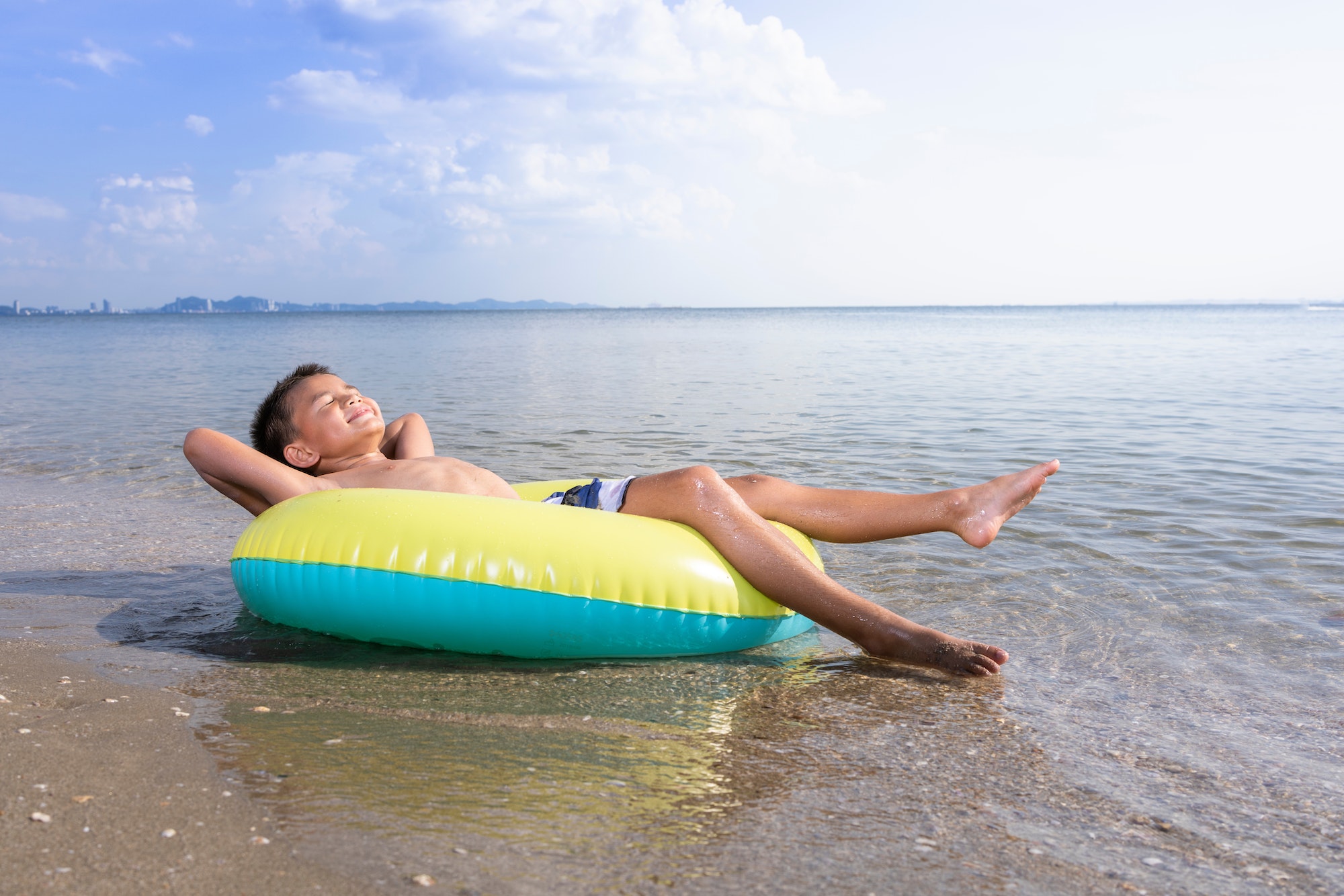
Picnicking
Picnicking is a popular activity for visitors to Lake Erie, offering a chance to enjoy the lake’s natural beauty while having a relaxing and enjoyable outdoor experience. The lake’s scenic views and numerous parks and public spaces make it an ideal location for picnics, whether it’s a romantic picnic for two or a family gathering.
Several public parks and beaches along the shoreline of Lake Erie provide picnic tables, benches, and shelters, as well as breathtaking views of the lake. Many of these parks also offer playgrounds, restrooms, and grilling areas, making it easy to spend the day enjoying the outdoors with family and friends.
In addition to public parks and beaches, there are also several private businesses and organizations that offer picnic areas and services, such as catering and event planning. These options provide visitors with a unique and personalized picnic experience, complete with delicious food and beautiful lake views.

Wildlife viewing
Lake Erie offers visitors an excellent opportunity to view a wide range of wildlife in their natural habitats. The lake’s diverse ecosystems provide a home to numerous species of birds, fish, mammals, and reptiles, making it an ideal location for wildlife enthusiasts and nature lovers.
One of the most popular ways to view wildlife on Lake Erie is by taking a guided tour, either by boat or on foot. These tours offer visitors a chance to see and learn about the various species of wildlife that call the lake home while also enjoying the beautiful scenery and natural landscapes.
In addition to guided tours, visitors can also enjoy wildlife viewing on their own by visiting one of the many public parks and conservation areas along the shoreline. These areas provide a chance to see a wide range of bird species, including waterfowl, shorebirds, and songbirds, as well as numerous species of fish and mammals, such as muskrats, beavers, and even deer.

FAQs
What is the salinity of Lake Erie?
Lake Erie is a freshwater lake, which means that it does not contain significant amounts of salt or other dissolved minerals. Unlike saltwater bodies such as the oceans, which typically have a salinity level of around 3.5%, the salinity of Lake Erie is negligible and generally measured in parts per thousand (ppt) or parts per million (ppm).
Where does the salt in Lake Erie come from?
Lake Erie is a freshwater lake, which means that it does not contain significant amounts of salt or other dissolved minerals. In fact, the lake’s salinity levels are generally negligible, typically measuring less than 0.5 parts per thousand (ppt) or parts per million (ppm). As such, the lake’s salt content primarily comes from external sources, such as rivers, streams, and human activities.
Is Lake Erie safe for boating?
Yes, Lake Erie is generally considered safe for boating. However, as with any large body of water, there are certain safety considerations that should be taken into account before heading out onto the lake. It is important to be aware of weather conditions and to follow all safety guidelines and regulations. This includes ensuring that you have all required safety equipment on board, such as life jackets, flares, and fire extinguishers. It is also important to be aware of any navigational hazards or shallow areas and to stay within marked channels when navigating the lake. By following these guidelines and exercising caution, boating on Lake Erie can be a fun and enjoyable experience.
What is the water temperature of Lake Erie?
The water temperature of Lake Erie varies depending on the season and location of the lake. In the summer months, the surface water temperature can range from around 70 to 80 degrees Fahrenheit (21 to 27 degrees Celsius) in the central and southern regions of the lake. In contrast, the northern region tends to be cooler, with temperatures ranging from the mid-60s to low 70s Fahrenheit (16 to 21 degrees Celsius). In the winter months, the surface water temperature can drop to near freezing, particularly in the northern regions of the lake. Water temperature can also vary at different depths within the lake, with deeper water tending to be colder than surface water. It is important to be aware of water temperature when engaging in recreational activities on the lake, such as swimming or boating, in order to ensure safety and comfort.

